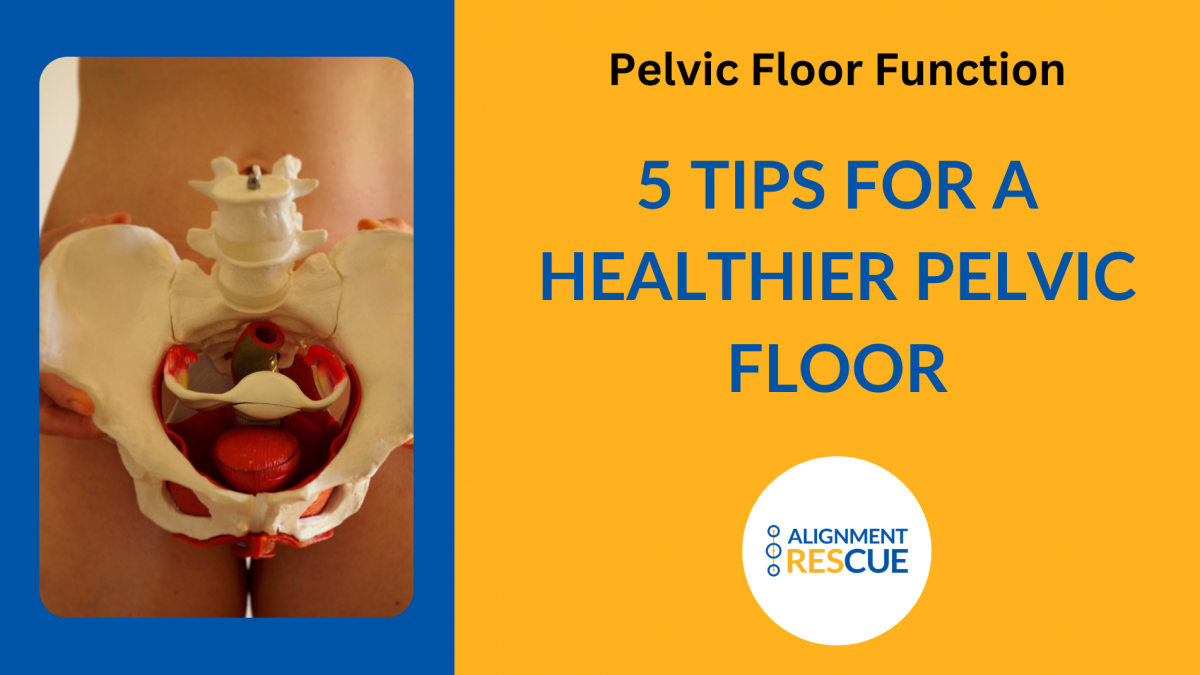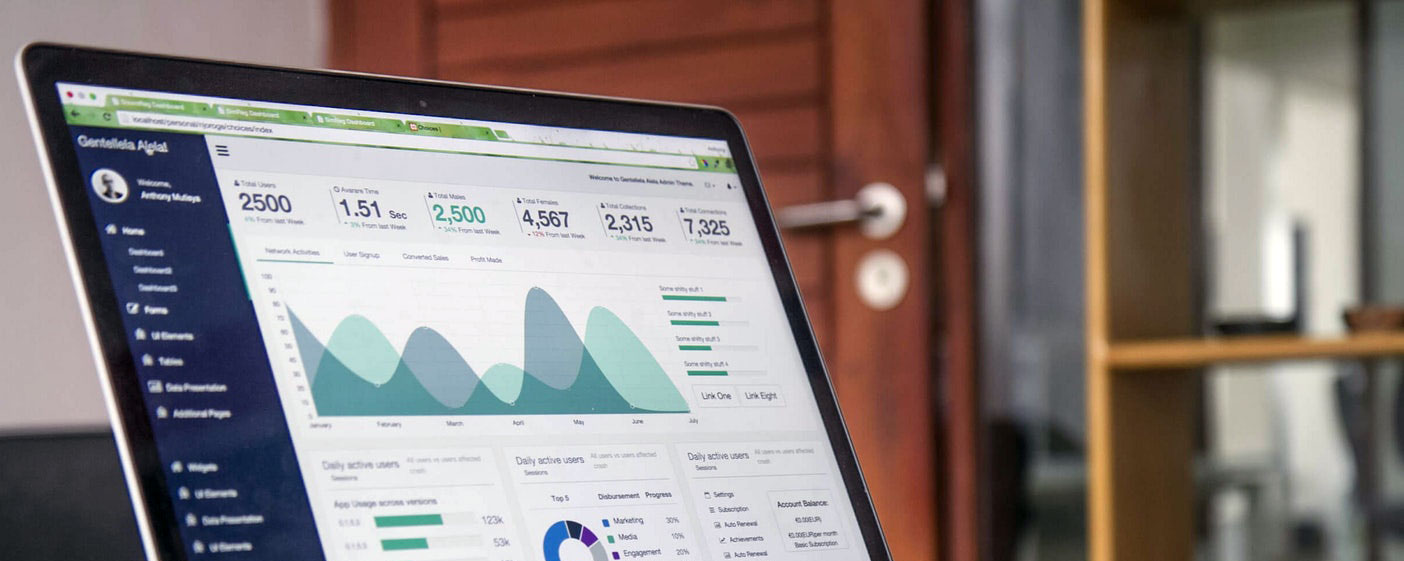Education is key when it comes to taking power over your own health and wellness.
I look at the role movement plays in your health and recovery to full and optimal function.
The articles on this site are not meant to take the place of medical advice and should not be used as such.
Top Five Recommendations for a Happy Pelvis and Functional Pelvic Floor

History and anatomy of the pelvis, and tips on how we can have a functional pelvic floor
Let’s Talk Pelvis: Nature’s Smart Design with a Few Trade-Offs
Our pelvis didn’t just appear out of nowhere—it evolved over tens of thousands of years of us walking on two legs. Nature shaped it into the amazing, complex structure it is today. Like everything in the body, it’s not perfect—there are strengths, but there are also some vulnerabilities.
Take our bellies, for example. Our internal organs would be better protected if our ribcage went all the way down. But then we wouldn’t be able to get pregnant—or even eat a big meal comfortably. So nature made a trade: protect some of the vital stuff with a flexible ribcage, but leave room for movement and expansion when we need it.
The pelvis is another area with one of these clever trade-offs. There’s a big opening at the bottom, and that’s filled in with muscles called the pelvic floor. This setup works really well when it’s doing its job—letting things in and out at the right time (you know what I mean). But when it’s not working well, it can be a real pain in the... pelvis.
The pelvic floor muscles help hold up everything inside—bladder, bowels, uterus if you have one—and that load can change depending on if your bladder’s full, if you're pregnant, or even if you're walking versus running. It’s a dynamic system, not a static one.
Now, the bones of the pelvis have joints that can move a little—like the sacroiliac joints and the pubic symphysis—but they’re held together by some of the toughest ligaments in the body. Why? Because while we need some movement (think childbirth or squatting to go to the bathroom), we also need a lot of stability for standing, walking, and running.
Think of the sacrum—the triangular bone at the base of your spine—as the keystone in an arch. It’s shaped to lock into place and take the weight of your upper body. When you stand, forces travel up through your legs and into your pelvis. When you walk, those forces alternate from side to side, creating a kind of twisting tension, especially at the pubic joint.
Fun fact: One of the ligaments at the front of the pelvis is actually made from bits of multiple muscles weaving together—from your abs to your inner thighs. These muscles work like a team to keep the pelvis stable so we can walk without everything falling apart.
But here’s the issue: our pelvis evolved to support walking. And what do we do now? We sit—a lot. That’s a big part of why pelvic floor problems are becoming more common. Things like organ prolapse, hip or back pain, SI joint pain, and incontinence—they’re all showing up more frequently, and not just in people who’ve had babies.
And even though we have tons of research now, the go-to fix for pelvic floor dysfunction has been the same for over 50 years: do a Kegel. Squeeze those muscles and hope for the best.
But if you’ve been doing Kegels for years and still leak when you laugh or jump, maybe the problem isn’t that your muscles aren’t strong enough. Maybe it’s the way you use (or don’t use) them. Muscles need a variety of movement to be strong—just squeezing them over and over isn’t enough. And muscles that are too tight can be just as weak as ones that are too loose.
The pelvic floor needs variety: different types of movement, different loads, over time. What it usually gets these days is either no load (from sitting) or too much of one kind (like repetitive workouts on the bike or treadmill, which also tighten hips and thighs).
So yes, exercise. But also walk. A lot.
And if you want to really support your pelvic floor, mix in things like inner thigh stretches, gentle abdominal twists, and squatting. These movements help bring strength, mobility, and balance back to the system—no Kegels required (though they have their place too).
Here are my top five recommendations for a happier pelvis:
WALK MORE
Our whole body evolved with walking in mind. When you walk, your hips move, and that gentle, rhythmic motion helps keep the pelvic floor active and responsive. It also lightly loads the pelvis in a way that supports muscle health—especially helpful after a day of sitting, where a chair has been doing all the work instead of your muscles.
Walking also utilizes the glutes. Since your glutes attach to the sacrum (the base of your spine), every step helps keep the pelvic floor toned by pulling on the sacrum in a way that balances out the forces pulling inward. Bottom line? Walking does more for your pelvic floor than you might think.
WEAR MINIMAL SHOES
Try shoes with no heel lift (aka “zero drop”). The higher the heel, the more your body has to compensate—shifting strain into the knees, hips, pelvis, and lower back. All of this alters how the pelvic floor is loaded.
Flexible soles also help. They allow your feet to move more naturally, which triggers a chain reaction up your legs into your hips—and yes, that means more movement for your pelvic floor too.
If you're used to arch support or orthotics, don't rush to ditch them. Transitioning to minimal footwear takes time and care. (Check out my course on how to make that shift safely!)
SQUAT MORE
Use a squat platform at the toilet. You don't have to actually hover. These platforms allow you to have a squat position as you go. This creates an easier path for the exit of waste and allows you to stop bearing down to eliminate (bad for organ prolapse). Straining creates excessive pressure on the pelvic floor. Using squats for resting and squats as an exercise are also recommended for pelvic floor health. Not everyone can squat safely or comfortably so start with the squat platform at the toilet, and reduce that straining!
RELAX YOUR BELLY
Stop sucking in your stomach all the time! Holding your belly in might feel like good posture, but it actually creates pressure that pushes down (or out or up, depending on your pattern). That pressure affects both your pelvic floor and your digestion.
Also, compression garments—yep, same idea. You want your abs to work when they need to, not all the time. Let your belly be soft. Let it move. That’s normal and necessary.
UNTUCK YOUR PELVIS
Tucking your tailbone under is a habit many people pick up—whether for posture or appearance. But it’s not doing your pelvic floor any favors.
That tucked position changes how forces travel through your pelvis and limits how well your hip muscles can function. Instead, think about letting your tailbone drift back and up—especially when you’re walking or standing. Releasing your belly can help with this too.
There are many classes and exercises that help with pelvic floor dysfunction in the online movement studio! To join the Foundations Membership (monthly subscription), click here.

Subscribe to the weekly "Moves-letter!"
Get the newsletter delivered to your inbox with
course and workshop news, videos, articles, and subscriber-only offers!
I have read and agree to the terms & conditions.
 Carol Robbins
Carol Robbins 
